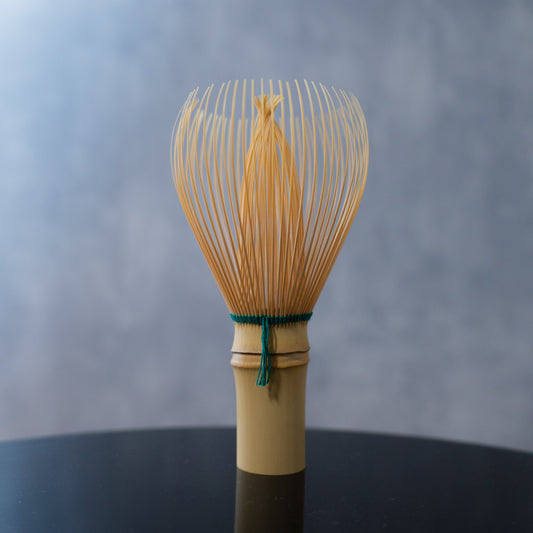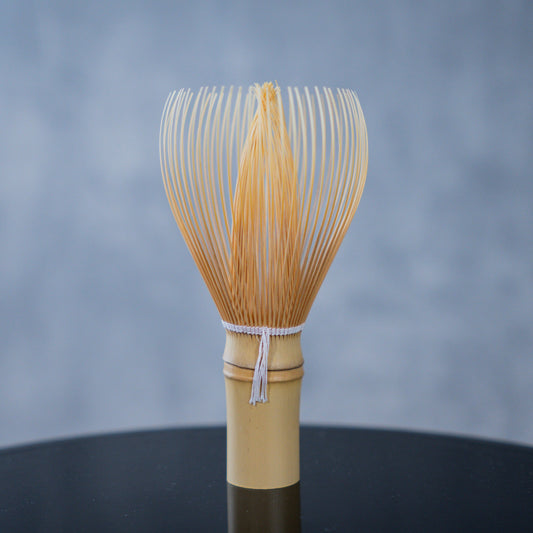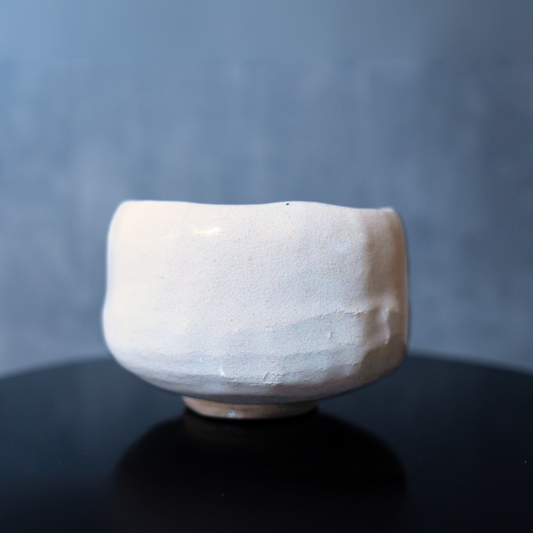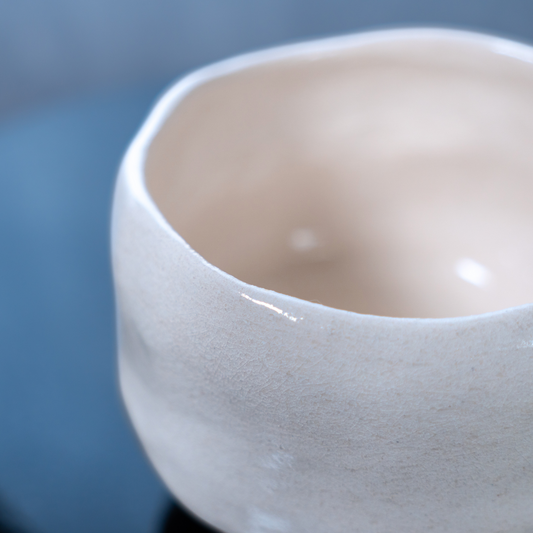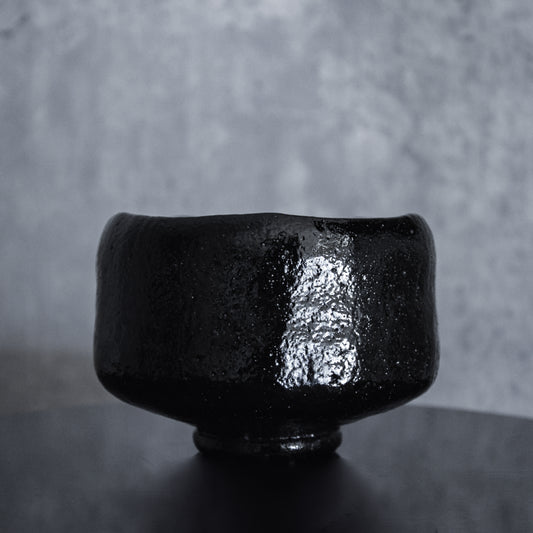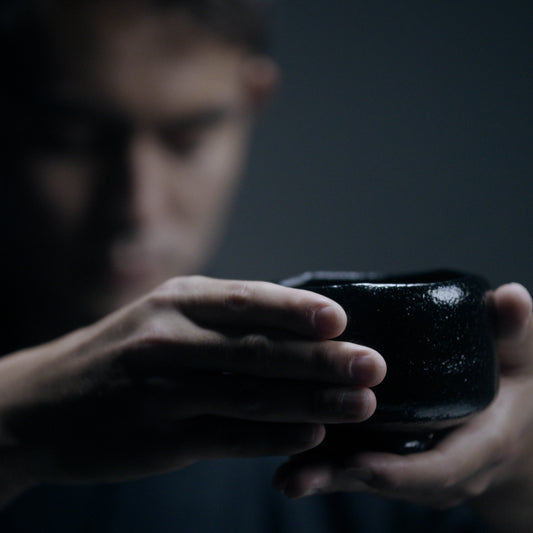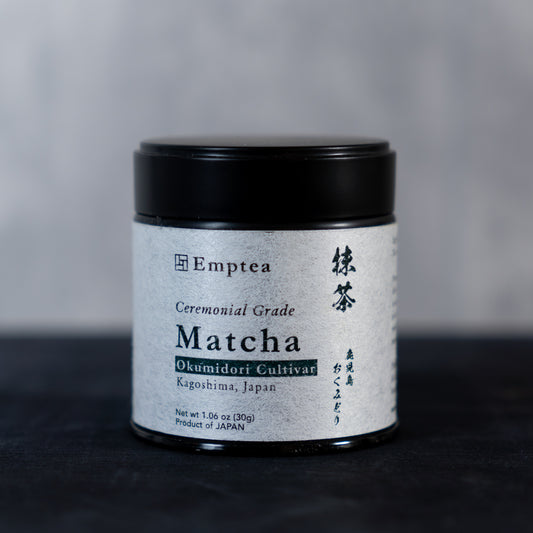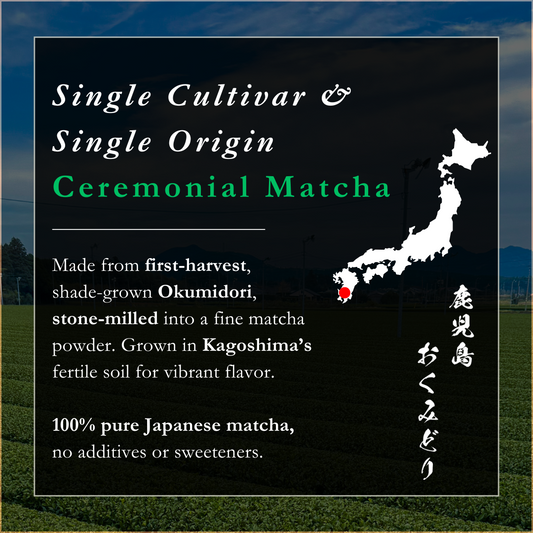Think Matcha Is Japan's Everyday Tea? Here's How to Brew the Real One: Sencha
When people outside Japan think of Japanese green tea, matcha is usually the first thing that comes to mind. The vibrant green powder has taken over café menus, dessert shops, and even grocery store shelves worldwide. With matcha lattes, matcha ice cream, and matcha-flavored everything becoming increasingly popular, many assume that matcha is what most Japanese people drink daily.
But here's a surprise for you: the green tea that dominates daily life in Japan isn't matcha—it's sencha.
The Real Daily Tea of Japan
Unlike matcha, which is made from finely ground tea leaves and traditionally prepared in formal Japanese tea ceremonies (茶道, sadō) or served in specialty cafés, sencha is the true go-to green tea for everyday drinking in Japan. It's what's served in homes, restaurants, and even sold in convenience stores as bottled tea. If you visit a Japanese household, you're much more likely to be offered a cup of sencha than matcha.
Why Sencha, Not Matcha?
Let's understand the key differences:
- Matcha is premium and ceremonial. While matcha has a rich umami taste and offers a strong caffeine boost, preparing it properly requires special equipment (like a bamboo whisk) and techniques. Because of this, most Japanese people don't drink it daily—unless they're practicing tea ceremony or ordering it at a café.
- Sencha is fresh, versatile, and easy to brew. It delivers a well-balanced combination of umami, sweetness, and a slight astringency, making it refreshing and enjoyable at any time of the day. Plus, it only requires a teapot and hot water, making it much more convenient for daily consumption.
Now that you know why sencha is Japan's most consumed green tea, let's learn how to brew it the Japanese way for the best flavor experience.
The Art of Brewing Perfect Sencha
Water Quality Matters
Water plays a crucial role in bringing out the delicate flavors of sencha. Hard water with high mineral content can make it taste dull or overly astringent.
Best Water for Brewing Sencha:
- Soft water (low in minerals) is ideal
- If using tap water: Filter it through a water purifier or boil it first, then let it cool
- Bottled water: Choose one with low mineral content (like Japanese brands such as Suntory Tennensui)
💡 Tip: Never use distilled water, as it can make the tea taste flat.
The Perfect Temperature
The temperature of the water determines how different compounds in sencha are extracted:
- Lower temperatures (160–175°F / 70–80°C): More L-theanine is extracted, resulting in a smooth, umami-rich taste
- Medium temperatures (175–185°F / 80–85°C): A balance of L-theanine and catechins, offering both sweetness and mild astringency
- Higher temperatures (190–195°F / 88–90°C): More caffeine and catechins are extracted, making the tea stronger and slightly bitter
For the best experience, choose the temperature that matches your flavor preference.
Step-by-Step Brewing Guide
Step 1: Choose the Right Teapot
A good teapot enhances the brewing process:
✅ Wide base with space for leaves to expand freely → Ensures full flavor extraction
✅ Built-in fine mesh strainer → Prevents clogging and allows smooth pouring
❌ Avoid small, deep teapots where leaves are tightly packed
A Kyusu (Japanese side-handle teapot) is highly recommended for sencha.
Step 2: First Brew – Extracting Sweet & Umami Flavors
- Tea leaves: 3g (about 1 tsp) per serving
- Water amount: 3 oz (90ml)
- Water temperature: 175°F (80°C)
- Steeping time: 1 minute
Instructions:
- Add the tea leaves to the teapot
- Pour the hot water slowly over the leaves
- Cover the teapot with its lid and let it steep
- Pour out every last drop to avoid over-steeping
💡 Tip: To cool boiling water to 175°F (80°C), pour it into an empty cup and wait for about 2 minutes before using it.
Step 3: Second Brew – Unlocking a Refreshing Taste
- Water temperature: 195°F (90°C)
- Water amount: 3 oz (90ml)
- Steeping time: 10–30 seconds
Instructions:
- Pour hot water directly onto the used leaves
- No need to cover the teapot with a lid
- Shake the teapot slightly while pouring to extract all flavors evenly
Since the leaves have already absorbed water, the second brew releases flavors quickly. A short steep (10 seconds) gives a light, refreshing taste, while a longer steep (30 seconds) provides more depth.
💡 Tip: This brew highlights more of the astringency and caffeine, making it slightly stronger than the first.
Step 4: Third Brew & Beyond – Personalize Your Experience
- Water temperature: 175–195°F (80–90°C)
- Steeping time: Adjust based on your preference
For additional brews, you can experiment with different steeping times and temperatures. The flavors will gradually become lighter but still enjoyable.
💡 Pro Tip: After the final brew, use the leftover tea leaves in a salad or mix them with soy sauce for a nutritious topping.
The Takeaway
While matcha continues to dominate Western perceptions of Japanese tea culture, now you know that sencha is the true everyday tea of Japan. Its balanced flavor profile and simple brewing process make it perfect for daily enjoyment.
Next time you're looking to experience authentic Japanese tea culture at home, consider brewing a pot of sencha instead of whisking up matcha. Your taste buds—and your daily routine—might just thank you for it!
Shop on Amazon US



